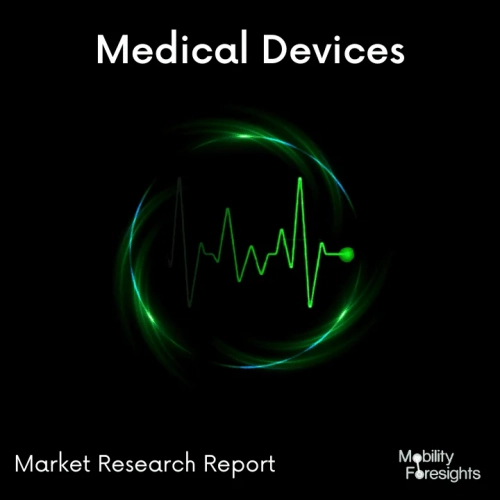
- Get in Touch with Us

Last Updated: Apr 25, 2025 | Study Period:
NORTH AMERICA MEDICAL MAGNESIUM IMPLANTS MARKET
KEY FINDINGS
The North American medical magnesium implants market is currently experiencing rapid growth, driven by rising demand for bioresorbable materials in medical applications such as orthopaedics and cardiology. Magnesium implants are gaining traction due to their ability to support the healing process and gradually dissolve in the body, reducing the need for secondary surgeries to remove implants. The aging population and increasing prevalence of musculoskeletal disorders in North America are further pushing the demand for these innovative medical solutions.
Technological advancements are significantly transforming the industry. Companies are developing new magnesium alloys with enhanced biocompatibility, strength, and resorption rates, while advancements in 3D printing are enabling personalized, patient-specific implant designs. However, the market faces several challenges, including high production costs, limited awareness among medical professionals, and complex regulatory approval processes.
The North America medical magnesium implants market refers to the growing industry of magnesium-based bioresorbable implants used in medical applications such as orthopaedics, cardiovascular treatments, and maxillofacial surgeries. These implants offer a significant advantage over traditional materials, such as titanium, due to their ability to naturally dissolve in the body over time.
Magnesium implants come in various forms, including screws, pins, plates, and stents. These can be used in different medical procedures, with orthopaedic implants dominating the market due to their widespread use in bone fracture treatment, followed by cardiovascular implants, which are increasingly used in vascular surgery.
The primary applications of magnesium implants are in orthopaedic surgeries, cardiovascular stenting, dental treatments, and craniofacial reconstruction. Their ability to provide temporary structural support while dissolving naturally makes them ideal for these applications.
The benefits of magnesium implants include eliminating the need for implant removal surgeries, reducing long-term complications, and improving patient outcomes. However, challenges such as high costs, regulatory hurdles, and limited clinical data on long-term performance remain barriers to wider adoption.

The North America medical magnesium implants market is estimated to be worth $250 million in 2024 and is projected to grow to $450 million by 2030, at a CAGR of 7.8%. This growth is driven by increasing demand for bioresorbable implants in orthopaedic surgeries, advancements in magnesium alloy technology, and rising awareness among healthcare providers. The U.S. will continue to lead the market due to its strong healthcare infrastructure, high investment in medical research, and favourable regulatory environment.
| Sr No | Toc |
| 1 | Market Segmentation |
| 2 | Scope of the Report |
| 3 | Research Methodology |
| 4 | Executive Summary |
| 5 | Key Predictions of the North America Medical Magnesium Implants Market |
| 6 | Average B2B Price of Hospital Supplies by Region |
| 7 | Major Drivers for the North America Medical Magnesium Implants Market |
| 8 | North America Medical Magnesium Implants Market Production Footprint - 2023 |
| 9 | Technological Developments in Hospital Supplies |
| 10 | New Product Development in North America Medical Magnesium Implants Market |
| 11 | Research Focus Areas on New Hospital Supplies |
| 12 | Key Trends in the North America Medical Magnesium Implants Market |
| 13 | Import and Export of Hospital Supplies and Their Impact on the Market |
| 14 | Regulations, Standards, and Incentives for Hospital Supplies, by Region |
| 15 | Major Projects Utilizing Hospital Supplies |
| 16 | Market Size, Dynamics, and Forecast, by Geography, 2024-2030 |
| 17 | Market Size, Dynamics, and Forecast, by Product Type, 2024-2030 |
| 18 | Market Size, Dynamics, and Forecast, by End User, 2024-2030 |
| 19 | Market Size, Dynamics, and Forecast, by Distribution Channel, 2024-2030 |
| 20 | Competitive Landscape of the North America Medical Magnesium Implants Market |
| 21 | Leading Players |
| 22 | Market Share of Vendors, 2023 |
| 23 | Company Profiles |
| 24 | Unmet Needs and Opportunities |
| 25 | Government Healthcare Initiatives and Their Impact on Hospital Supplies |
| 26 | Key Innovations and Investments |
| 27 | Consumer Behavior and Market Shifts |
| 28 | Regional Analysis: U.S., Canada, Mexico |
| 29 | Strategic Partnerships and Collaborations |
| 30 | Conclusion and Recommendations |